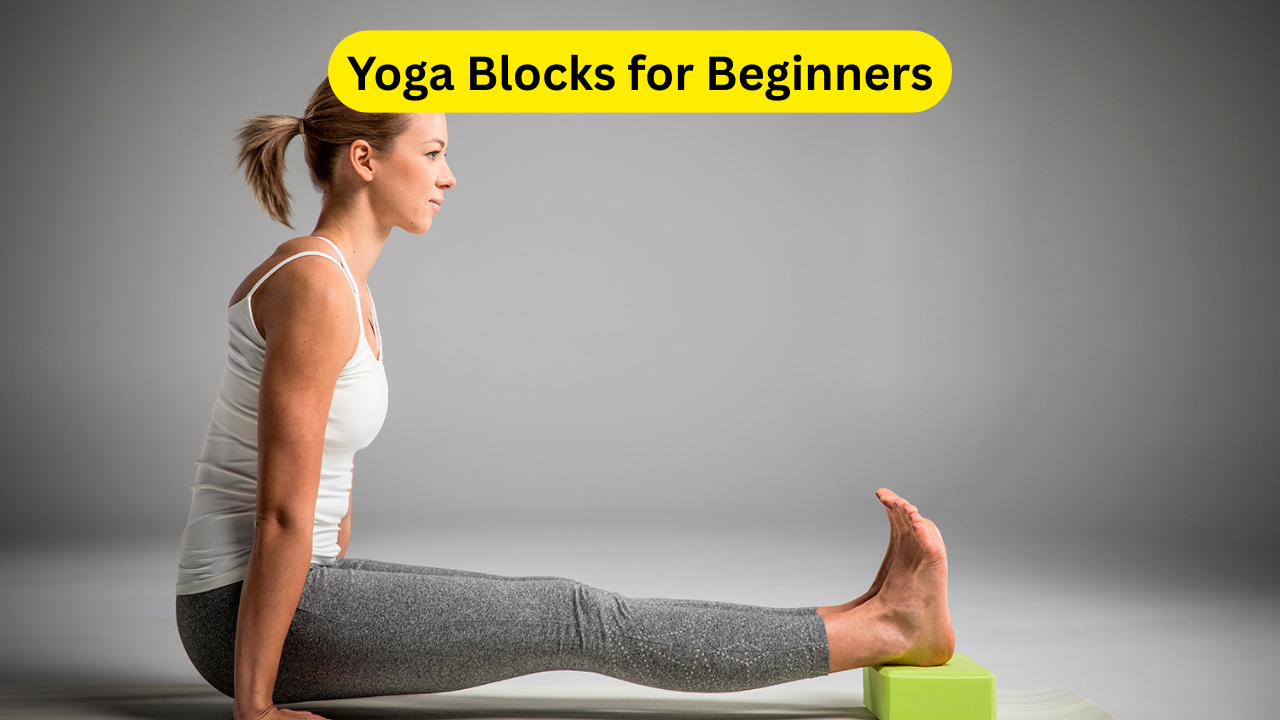Running vs Walking: When it comes to choosing between running and walking, both activities offer significant health benefits, but they cater to different fitness levels, goals, and lifestyles. Walking is one of the most accessible forms of exercise, loved for its simplicity and low impact on the body. It’s a great way to improve cardiovascular health, boost mental well-being, and reduce the risk of chronic diseases like diabetes and certain cancers. However, if you’re looking to maximize your health benefits in less time, running might be the better option. Running is more intense, burns more calories, and can significantly improve your fitness level and longevity.
The key difference between running and walking lies in their intensity and impact on the body. Walking is a moderate-intensity activity that raises your heart rate but allows you to maintain a conversation. Running, on the other hand, is a vigorous activity that pushes your heart and lungs to work harder, offering greater cardiovascular benefits in a shorter amount of time. Studies have shown that running can extend your life span more effectively than walking, with just five minutes of running offering the same longevity benefits as a 15-minute walk.
But which one is right for you? The answer depends on your fitness level, health goals, and personal preferences. Whether you’re a beginner looking to start a fitness routine or an experienced exerciser aiming to level up, understanding the benefits and drawbacks of both activities can help you make an informed decision. Let’s dive deeper into the science behind running and walking and explore how you can incorporate both into your routine for optimal health.
Why Walking Is Good for You
Improves Cardiovascular Health
Walking is a low-impact exercise that gets your heart pumping without putting too much stress on your joints. It’s an excellent way to improve your cardiovascular fitness, especially if you’re new to exercise or have mobility issues. A 2021 study found that even light walking can improve your VO2 max, a measure of how efficiently your body uses oxygen during exercise, which is a strong predictor of longevity.
Reduces Risk of Chronic Diseases
Regular walking has been linked to a lower risk of chronic conditions such as heart disease, diabetes, and certain cancers. It also helps manage weight, improve mental health, and reduce symptoms of anxiety and depression.
Accessible and Sustainable
One of the biggest advantages of walking is its accessibility. You don’t need any special equipment or a gym membership—just a good pair of shoes and a safe place to walk. It’s also easier to sustain long-term, making it a great option for people of all ages and fitness levels.
What Makes Running Even Better
Greater Efficiency
Running is a more efficient way to improve your fitness and burn calories. It requires more force and energy than walking, which means you can achieve the same health benefits in less time. For example, a 25-minute run can offer similar longevity benefits as a 105-minute walk.
Boosts VO2 Max and Longevity
Running significantly improves your VO2 max, which is a key indicator of cardiovascular fitness. Studies have shown that regular runners have a 30% lower risk of dying over a 15-year period compared to walkers and sedentary individuals.
Builds Bone Density
Running is a weight-bearing exercise, which helps strengthen bones and reduce the risk of osteoporosis. It also builds muscle strength and endurance, making it a great option for overall physical fitness.
Click Here: Exercise Can Boost Your Memory and Thinking Skills: A Complete Guide 2025
How to Start Walking and Transition to Running

Step 1: Add Steps
If you’re new to exercise, start by increasing your daily step count. Aim for an extra 3,000 steps per day, a few days a week. This will help you build a foundation of fitness.
Step 2: Pick Up the Pace
Once you’re comfortable walking, start incorporating brisk walking sessions. Aim for 10 minutes of brisk walking, three to four times a week, at an effort level of three to five on a scale of 10. Gradually increase the duration until you can walk for an hour.
Step 3: Add Running Intervals
After a month or two of consistent walking, begin adding run-walk intervals. Warm up with a five-minute brisk walk, then alternate one minute of jogging with three minutes of walking. Repeat this cycle three to five times.
Step 4: Run Continuously
As your fitness improves, increase your running intervals and decrease your walking time. Over a few weeks, you’ll be able to run continuously.
Tips for Staying Consistent
- Mix and Match: Combine walking and running to keep your routine varied and enjoyable.
- Listen to Your Body: If you experience pain or discomfort, take a break and consult a healthcare professional.
- Set Realistic Goals: Start small and gradually increase your intensity and duration.
- Stay Motivated: Track your progress, join a walking or running group, or use a fitness app to stay on track.
Also Read: Hyundai Palisade: The Ultimate 7-Seater SUV with Power, Luxury, and Safety
Running vs. Walking Conclusion
Both running and walking offer incredible health benefits, but the best choice depends on your fitness level, goals, and preferences. Walking is a fantastic starting point for beginners, offering a low-impact way to improve cardiovascular health, reduce stress, and lower the risk of chronic diseases. It’s accessible, sustainable, and easy to incorporate into your daily routine.
On the other hand, running is a more efficient way to boost fitness, burn calories, and improve longevity. It’s ideal for those looking to maximize their health benefits in less time. However, running is higher impact and may not be suitable for everyone, especially those with joint issues or injuries.
The good news is that you don’t have to choose between the two. Combining walking and running can provide a balanced approach to fitness, allowing you to enjoy the benefits of both activities. Whether you’re walking, running, or doing a mix of both, the most important thing is to stay consistent and make exercise a regular part of your life.
So, lace up your shoes, step outside, and start moving. Your body—and your brain—will thank you!
Running vs. Walking FAQs
1. Is running better than walking for weight loss?
Running burns more calories per minute than walking, making it more effective for weight loss. However, walking is still a great option, especially for beginners or those with joint issues.
2. Can walking improve my cardiovascular health?
Yes! Walking is a moderate-intensity activity that improves cardiovascular health by increasing your heart rate and improving your VO2 max.
3. How do I transition from walking to running?
Start by adding short running intervals to your walks. For example, alternate one minute of jogging with three minutes of walking. Gradually increase the running intervals as your fitness improves.
4. Is running bad for your knees?
Contrary to popular belief, running doesn’t necessarily wreck your knees. However, it’s important to ease into running gradually and wear proper footwear to reduce the risk of injury.
5. How much exercise do I need for optimal health?
The federal health guidelines recommend 150 to 300 minutes of moderate-intensity exercise (like brisk walking) or 75 to 150 minutes of vigorous exercise (like running) per week. Mixing both can provide a well-rounded fitness routine.
By understanding the benefits of both running and walking, you can create a fitness plan that works best for your lifestyle and health goals. Start today and take the first step toward a healthier, happier you!









